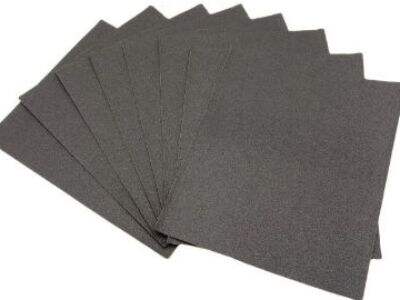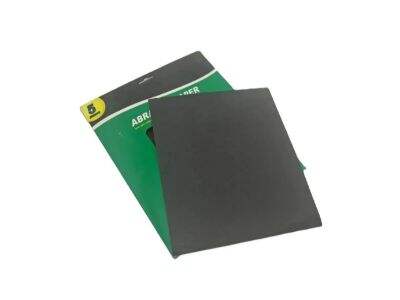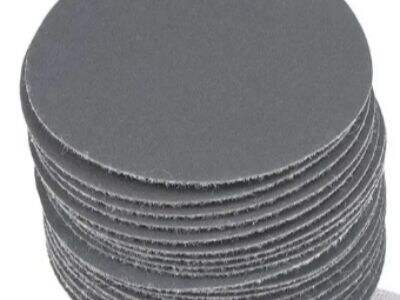When you do DIY projects with wood, metal, or plastic you often need sandpaper to smooth sharp edges. But did you know there are many different types of sandpaper? If you want to choose the right sandpaper, you have to know the different types of abrasives and grits.
Selecting the correct abrasive for your project is key to great results. It takes special sandpaper to make wood, metal, and plastic look good and smooth. Even inexperienced workers can achieve professional results with the right sandpaper, and here are some just for the picking.

Wood:
When it’s time to sand your wood, it’s essential to choose the correct sandpaper grit. A lower grit (60 or 80) should be used for rough sanding or removing old paint. A higher grit ( 120 or 150 if you want to smooth out scratches) is better for a stronger bond.
Metal:
Metal is tough to sand, so you require sturdy sandpaper. For removing rust or paint from a metal surface, a coarse grit (40 or 60 works best) Finer grits (such as 100 or 120) work well for smoothing metal surfaces and preparing them for paint.
Plastic:
If sanding plastic, make sure to use a fine grit sandpaper to avoid scratches. For light sanding of plastic surfaces to repair minor blemishes or prep for painting a fine grit (180 or 220) is used.
How to Select the Proper Sandpaper for a Flawless Finish:
Consider what you are sanding: wood, metal, or plastic. Choose sandpaper designed for that type of material.
You want to start with a rough grit sandpaper and end with a finer sandpaper for a nice smooth final finish.
Estimate how would you sand with a sanding block for even pressure and sanding.
When sanding, wear safety goggles and a dust mask to protect yourself from dust and debris.
After sanding, wipe the surface with a damp cloth to remove dust before painting.

A Beginner's Guide:
Don’t panic if you are a newcomer to sanding! Regardless of the type of furniture you choose, it can help you get great results in your wood, metal or plastic project. Choose the right grit for the material and job at hand. And use the finer grits for a highly polished surface. Using a sanding block helps you apply pressure evenly, and protects your hands from the roughness of the sandpaper. And be sure to wear safety goggles and a dust mask for safety. With practice, you'll tackle any sanding project with ease!
 EN
EN
 AR
AR
 NL
NL
 FR
FR
 DE
DE
 KO
KO
 PL
PL
 PT
PT
 RU
RU
 ES
ES
 AF
AF
 LA
LA


